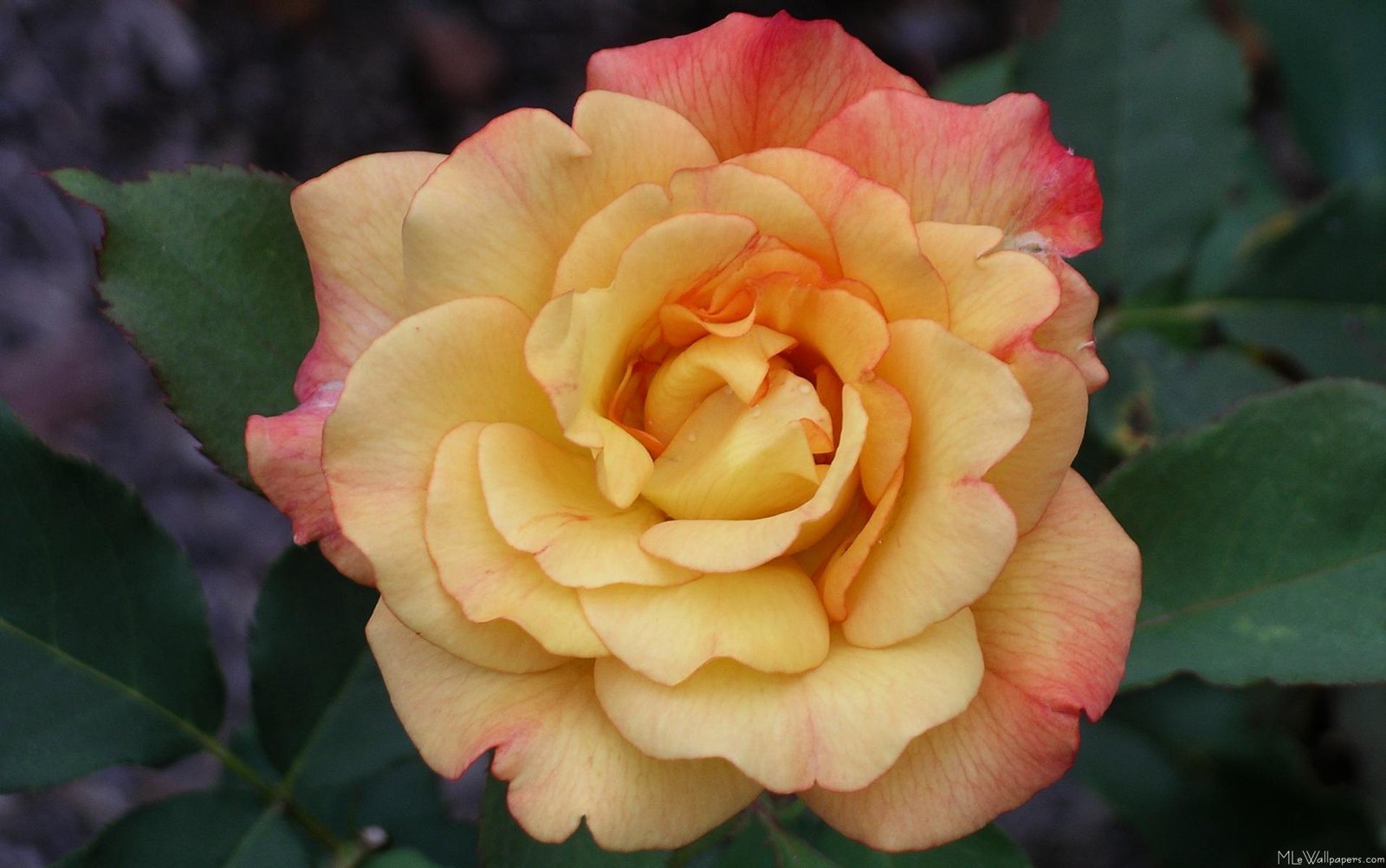Roses are not just flowers; they are symbols of love, beauty, and serenity. Among the plethora of rose varieties, the Peace Rose stands out for its exquisite beauty and rich history. In this comprehensive guide, we will delve into the art and science of growing the perfect Peace Rose, unraveling the secrets that will help you nurture these magnificent blooms to perfection.
Table of Contents
ToggleCare
Soil and Sunlight Requirements
Peace Roses thrive in well-drained soil with a pH level ranging from 6.0 to 6.5. They require at least six hours of sunlight daily to flourish. Ensure adequate spacing between plants to allow for proper airflow and prevent overcrowding.
Watering and Feeding
Maintain consistent soil moisture, watering deeply but infrequently to encourage deep root growth. Apply a balanced fertilizer formulated for roses in early spring and again after the first flush of blooms. Mulch around the base of the plant to retain moisture and suppress weeds.
Types
Classic Peace Rose
The classic Peace Rose features large, creamy-yellow petals edged with delicate pink blushes. It exudes a sweet fragrance and blooms prolifically throughout the growing season, making it a timeless favorite among rose enthusiasts.
Modern Varieties
Modern cultivars of the Peace Rose offer a diverse range of colors and petal formations, catering to varying tastes and preferences. From vibrant oranges and deep pinks to elegant whites, there’s a Peace Rose variety to suit every garden style and color scheme.

Pruning
Timing and Technique
Pruning is essential for maintaining the health and vigor of Peace Roses. Perform major pruning in late winter or early spring before new growth emerges. Remove dead, diseased, or crossing branches, and shape the plant to promote airflow and sunlight penetration.
Deadheading
Regular deadheading encourages continuous blooming by removing spent flowers and redirecting the plant’s energy towards new growth. Snip faded blooms at the base of the stem using sharp, clean pruners to prevent disease spread and maintain a tidy appearance.
Propagating
Stem Cuttings
Propagating Peace Roses from stem cuttings is a straightforward method that yields reliable results. Select healthy, disease-free stems and cuttings measuring 6-8 inches in length. Remove the lower leaves and dip the cut end in rooting hormone before planting in well-draining soil.
Layering
Layering involves encouraging a stem to produce roots while still attached to the parent plant. Choose a flexible stem near the base of the plant, wound it slightly, and bury it in the soil. After roots develop, sever the stem from the parent plant and transplant it to its desired location.
Growing from Seed
Seed Selection and Preparation
Growing Peace Roses from seed requires patience and careful attention to detail. Begin by selecting ripe, healthy seeds from mature rose hips. Scarify the seeds by gently nicking the seed coat with a knife to aid in germination.
Germination and Growth
Plant the scarified seeds in a well-draining seed-starting mix, keeping them moist and warm until germination occurs. Once seedlings develop true leaves, transplant them into individual containers and gradually acclimate them to outdoor conditions before planting in the garden.
Potting and Repotting
Container Selection
Choose a spacious container with adequate drainage holes to accommodate the Peace Rose’s root system. Use a high-quality potting mix formulated for roses or create a custom blend using equal parts compost, perlite, and peat moss.

HC Companies 16 Inch Caribbean Planter
These containers are very durable & lightweight. This makes them great for flowers & plants both indoor & outdoor. These containers will not crack or color-fade over tim
Repotting Guidelines
Repot Peace Roses every 2-3 years or when the roots outgrow the container. Select a slightly larger pot and carefully remove the plant from its current container, teasing out the roots and removing any circling or damaged roots before transplanting into fresh soil.
Overwintering
Winter Protection
Peace Roses are generally hardy in USDA zones 5-9 but may require winter protection in colder climates. Apply a thick layer of mulch around the base of the plant to insulate the roots and protect against frost damage. Consider covering the plant with burlap or a frost cloth during extreme cold snaps.
Pruning Considerations
Limit pruning in late fall to avoid stimulating new growth that may be vulnerable to frost damage. Focus on removing dead or diseased branches and shaping the plant for aesthetic appeal while maintaining its overall health and vigor.
Bloom
Timing and Duration
Peace Roses typically bloom in late spring to early summer, producing large, fragrant flowers that captivate the senses. With proper care and maintenance, these blooms can last for several weeks, providing a stunning display of color and fragrance in the garden.
Enhancing Flowering Potential
To encourage abundant blooming, deadhead spent flowers regularly and provide adequate sunlight, water, and nutrients throughout the growing season. Consider applying a bloom-boosting fertilizer high in phosphorus to promote flower formation and vibrant color.
Common Problems
Pest Infestations
Peace Roses are susceptible to aphids, spider mites, and other common garden pests that can sap their vitality and damage foliage. Monitor your plants regularly for signs of infestation and treat affected areas promptly using organic pest control methods.
Disease Outbreaks
Black spot, powdery mildew, and rust are common fungal diseases that can affect Peace Roses, particularly in humid or rainy conditions. Practice good sanitation by removing fallen leaves and debris from around the base of the plant, and apply fungicidal sprays as needed to prevent disease spread.
FAQs
How often should I water my Peace Roses?
Water Peace Roses deeply and infrequently, ensuring the soil is evenly moist but not waterlogged.
When is the best time to prune Peace Roses?
Prune Peace Roses in late winter or early spring before new growth emerges to shape the plant and encourage healthy growth.
How can I encourage continuous blooming in my Peace Roses?
Regular deadheading and proper nutrition can help encourage continuous blooming throughout the growing season.
Q: What should I do if my Peace Roses show signs of disease?
Monitor your plants regularly for signs of disease and treat affected areas promptly using organic fungicides or other appropriate remedies.
Can Peace Roses be grown in containers?
Yes, Peace Roses can be grown in containers, provided they have adequate drainage and receive sufficient sunlight and water.
How can I protect my Peace Roses during the winter months?
Apply a thick layer of mulch around the base of the plant and consider covering it with burlap or a frost cloth during extreme cold snaps to protect against frost damage.
In conclusion, growing the perfect Peace Rose requires patience, dedication, and a bit of know-how, but the rewards are well worth the effort. By following the tips and guidelines outlined in this comprehensive guide, you can unlock the secrets to nurturing healthy, vibrant roses that bring beauty and tranquility to your garden year after year.





